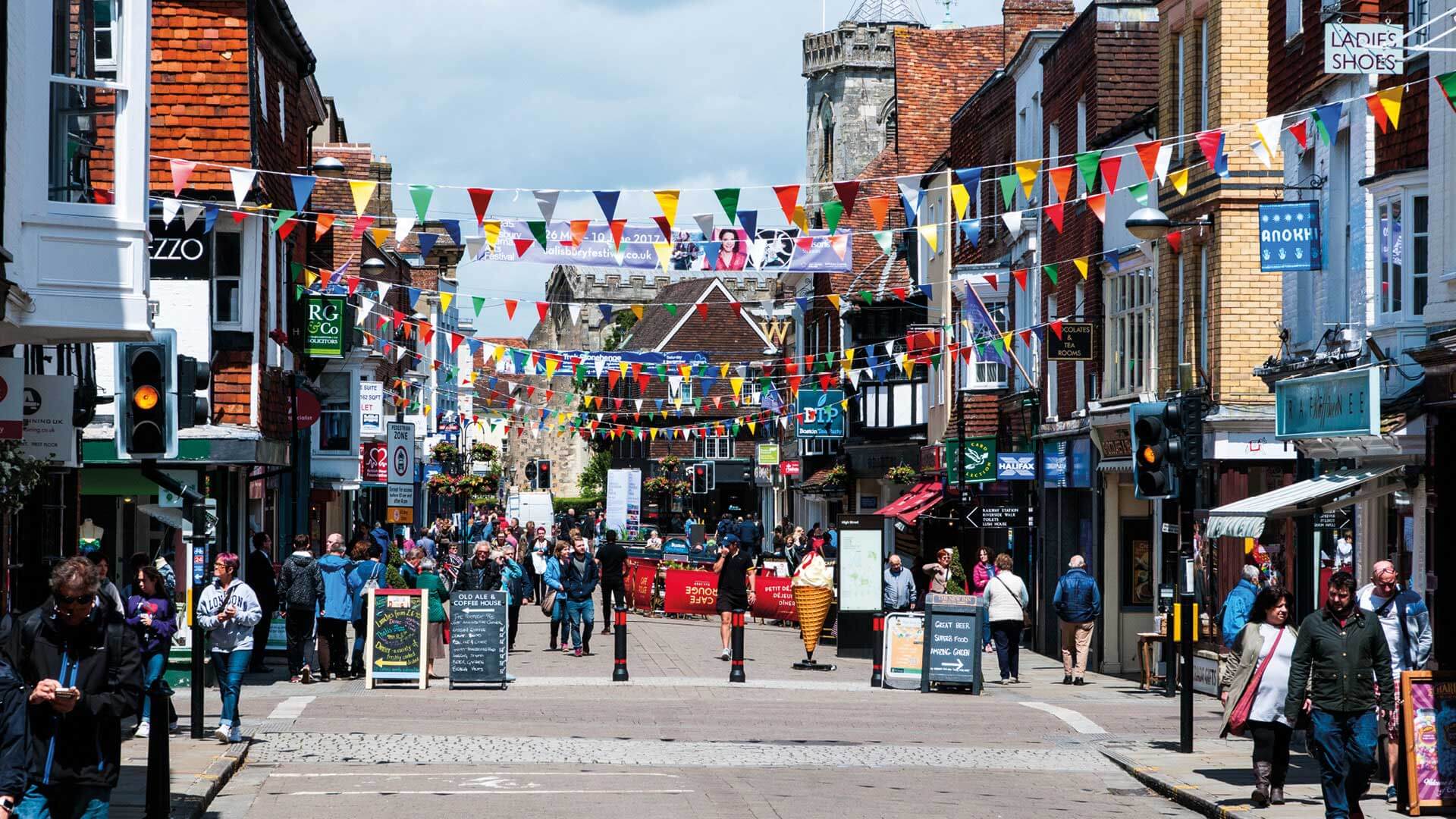
The Government has done the right thing by trying help to our beleaguered high streets in the recent Budget, but if we really want our high streets to thrive councils must make a priority of bringing good quality housing back into the town centre, starting with retirement housing. It’s yet another reason why retirement housing needs to be prioritised.
Research done by Henley Business School found that over three quarters of people living in retirement developments use their local shops every day, with just under half using amenities like libraries and post offices almost daily.
This is not so surprising when the typical buyer of a retirement apartment is someone in their 70s who is still reasonably independent, enjoys socialising, and values shops and cafes being within easy walking distance.
It’s clear that where you have retirement housing, specifically designed and equipped for people aged 60 or over, there is a ready supply of people who will support, often very generously, local shops, cafes and amenities on an almost daily basis.
It’s also clear that walking to the local shops and having social interaction with people on a regular basis brings significant physical and psychological benefits for a demographic which are at more risk of isolation and loneliness than any other.
So there is an opportunity to use disused town centre locations, of which there are many such as former car dealerships, hotels and municipal offices, to help address the dual challenges of how we can offer our ageing population a better quality of life and how we can re-introduce a daily stream of customers to our high streets.
Whilst the absolute number of older people in retirement properties may not be enough on its own to reverse the fortunes of a failing department store, it is certainly enough to boost the turnover of smaller, independent shops, café, restaurants and services. If you take into account the additional presence of live-in staff, visiting family and friends, and professional services ranging from the florist through to the hairdressers there is a significant customer pool from which high street retailers can draw.
The reason why this isn’t happening is because on the one hand retirement housing is costly and complicated to build – as recognised by the Communities and Local Government Select Committee earlier this year, and on the other hand because councils don’t see it as a priority – notwithstanding the ageing profile of our population.
Despite retirement developments being typically modest in scale, conservative in design and principally bought by local, owner occupiers who prove to be good responsible neighbours, it is the case that local planning authorities often fail to recognise the importance of retirement housing in the overall housing mix. Recent changes to the Planning Practice Guidance have sought to address that by strengthening the need for councils to provide sites for older people’s housing but there is still some way to go if supply is to meet demand in the coming years. It’s estimated that roughly 30,000 new retirement homes are needed each year, at present barely a quarter of that number are being built.
Were local planning authorities to embrace and prioritise the need for retirement housing and focus on delivering them on redundant commercial sites in and around our town centres they would deliver health and social care savings, regenerate brownfield land, free up second-hand family housing and inject new life into our ailing high streets.
Central government is finding ways of supporting the high street, it’s time for local government to do the same.
